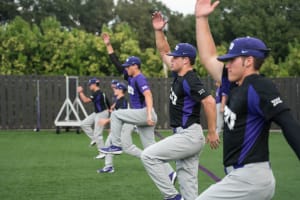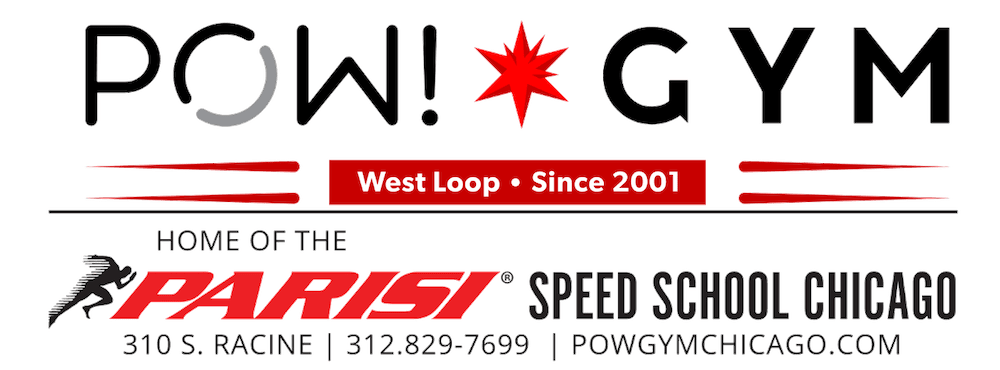
The Case for In-Season Training: Keeping Athletes Strong and Injury-Free In-season training is one of the most misunderstood aspects of athletic performance. Many coaches, even at the high school and collegiate levels, mistakenly believe that once the season begins, strength training takes a backseat. The reality? Athletes who stop training lose strength, power, and speed—putting them at greater risk of injury and diminishing their performance when it matters most. When an athlete stops strength training, their body starts to lose the adaptations they built in the offseason. Research confirms this: A study published in the Journal of Strength and Conditioning Research found that after just two weeks of inactivity, athletes experienced a significant drop in muscle power and strength. The longer they went without training, the more their performance suffered. Another study from the National Strength and Conditioning Association (NSCA) found that sprint endurance declines in as little as 5-7 days of detraining. For sports like football, soccer, and basketball that rely on repeated explosive movements, this loss of capacity is a game-changer. With seasons lasting months, neglecting strength and conditioning is a mistake. Without consistent work, athletes will not only struggle to maintain their peak form but may also increase their injury risk. Many coaches assume in-season training is about building strength, but that’s not the goal. The focus should be maintenance—preserving power, strength, and mobility so athletes can perform at a high level week after week. The primary benefits of in-season training include: Reducing the risk of injury by maintaining strength and muscle integrity Preserving speed and power output Ensuring athletes stay physically prepared for competition A well-structured in-season program does not interfere with game performance—it enhances it. Training should be adjusted for intensity and volume, but it should never be eliminated. For those wondering how to incorporate in-season training without overloading athletes, here’s a simple framework: Prioritize Recovery – If an athlete is overly fatigued, training takes a backseat to proper nutrition and sleep. Speed Training Comes First – Speed work should be done before practice to maintain top-end sprint ability. Strength Training Focuses on Maintenance – Exercises should include: Sport-specific mechanics Power-based exercises (Olympic lifts, plyometrics) Primary compound lifts Minimal accessory work Skip Extra Conditioning – Athletes do not need condition in-season, they get it from playing the sport. Unnecessary post-practice sprints only increase fatigue and injury risk. Post-game training should consist of strategic recovery based workouts. See this article.The Science of Detraining: Why Stopping Hurts Performance
The Role of In-Season Training
How to Implement In-Season Training


